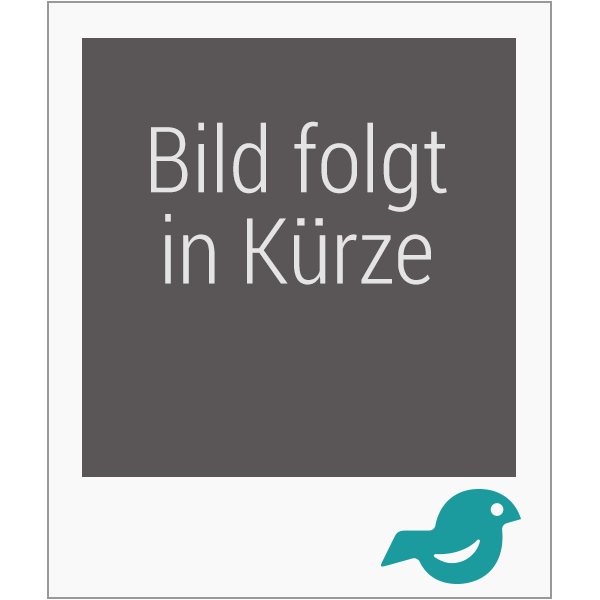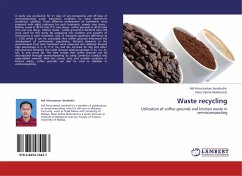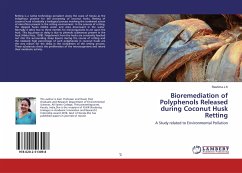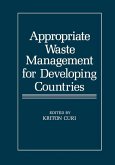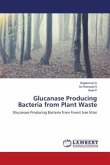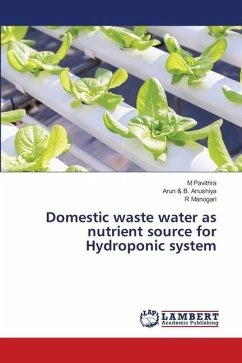As we know that, solid wastes are create more nuisances to the environment. One of the agricultural solid waste materials is coir pith. The pith material forming non-fibrous tissues of the coconut husk is generally referred to as coir pith and coco-peat. The husk accounts for about 50 to 60 percent of the total weight of the nut and 70 percent of the husk constitute the coir pith. It is obtained from the retted process and consists of low-cellulosic material compared to the pith from the un-retted mechanical process. The accumulation of this rejected coir pith creating various problems such as air pollution (less weight), water pollution (leachate) and land pollution.On the other hand, it is an excellent soil conditioner and is being extensively used as a soilless medium for agro-horticultural purposes such as planting lawns, parks and gardens, planting sport fields, golf courses and planting vegetable gardens. In this Book will explains, quantification of coir pith, physical methods of treatment, ion exchange studies, enumeration of microbes, microbial degradation and performance evaluation of treated coir pith as soilless medium.
Bitte wählen Sie Ihr Anliegen aus.
Rechnungen
Retourenschein anfordern
Bestellstatus
Storno

